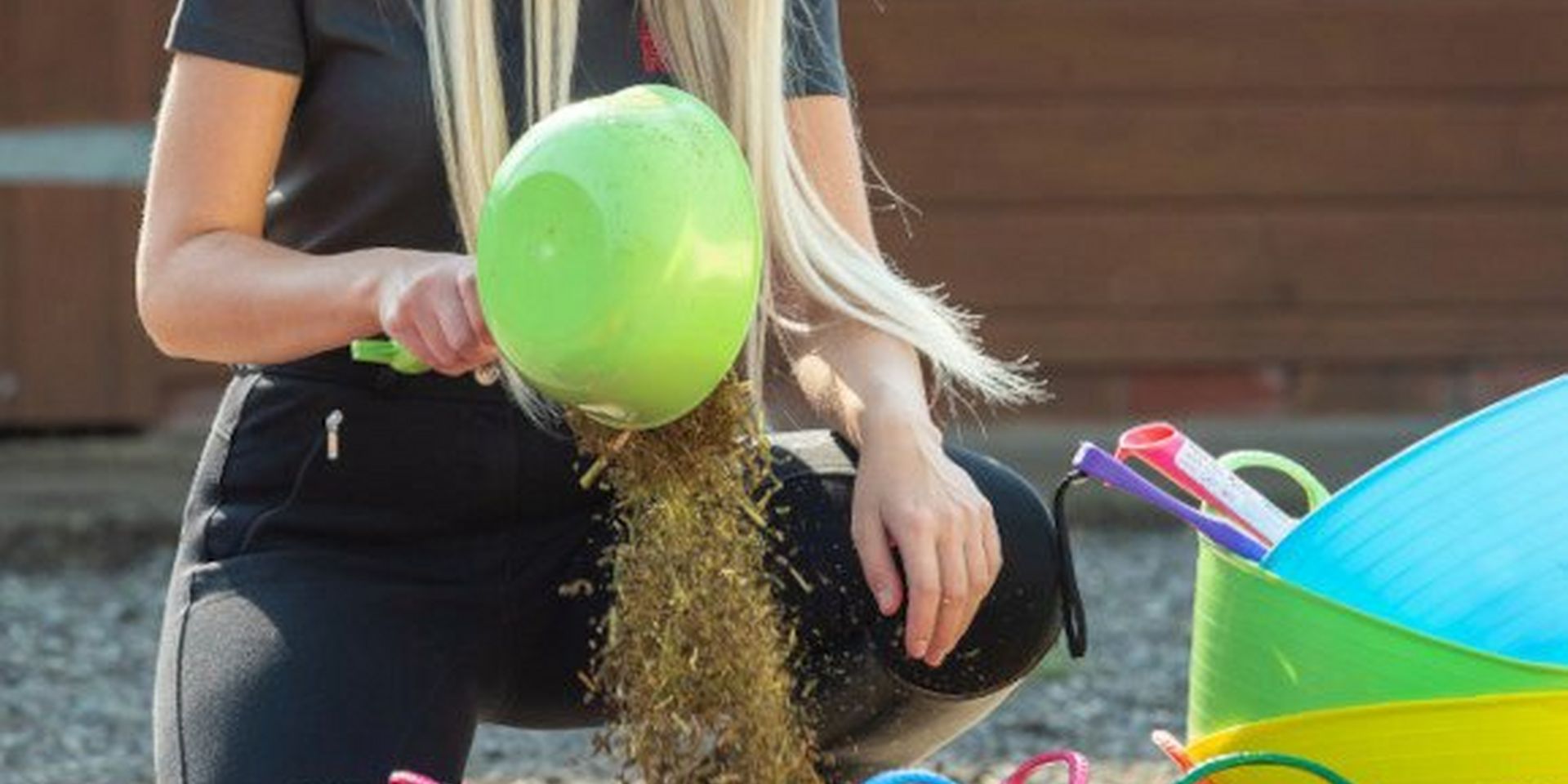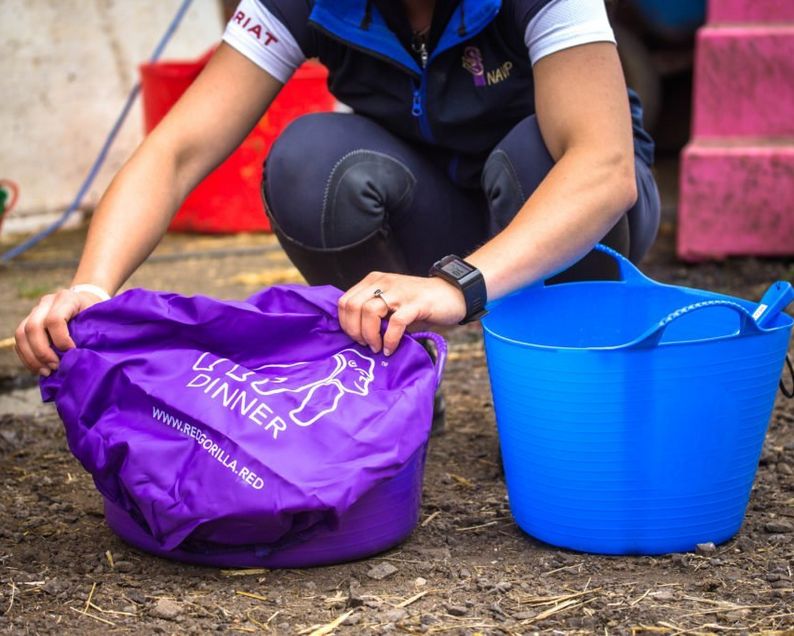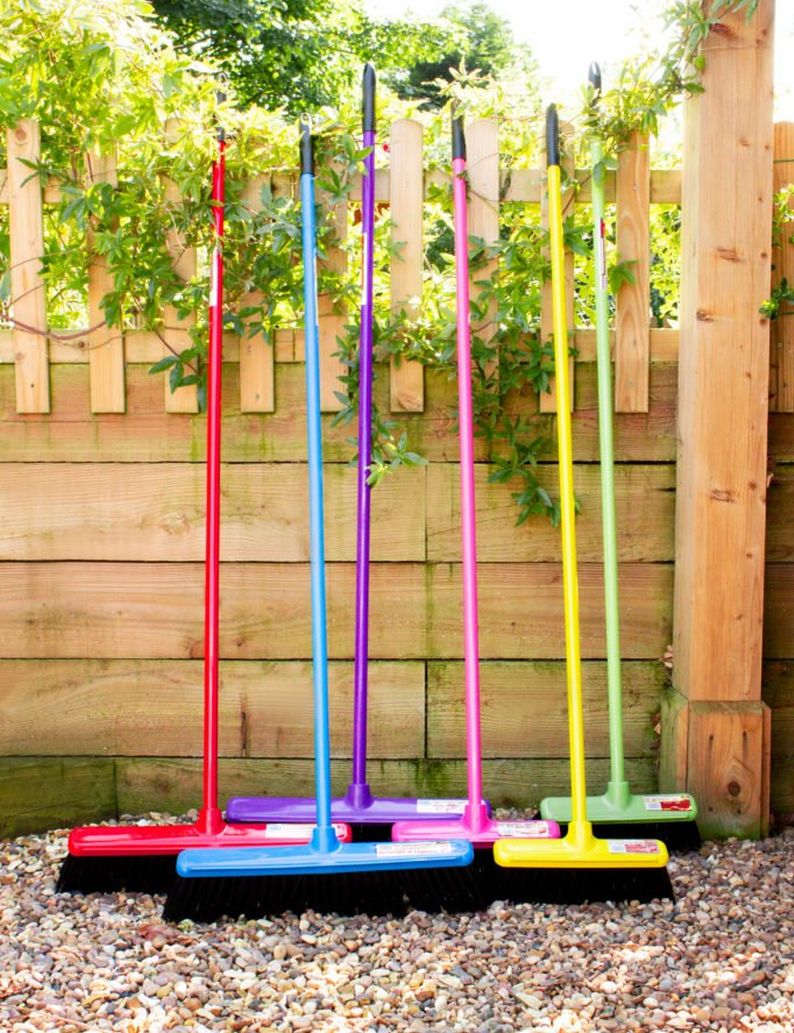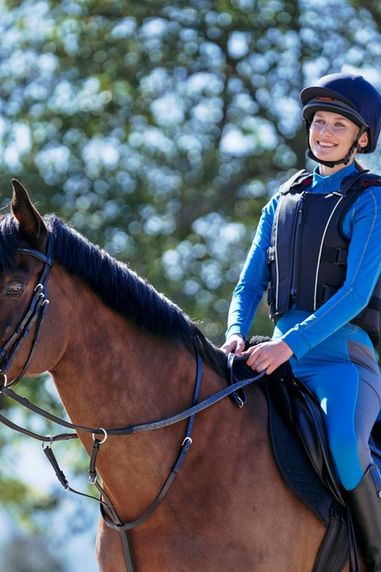
From mice and rats to insects and bacteria, horses’ aren’t the only ones determined to find their way into our feed rooms! Here we’re going to be taking a look at the most common feed room faux pas and how to avoid them, our top tips for saving money and the best ways to stay organised!
1. Rodents
Did you know... Rats can have up to five litters a year, each with up to 14 young? These babies reach sexual maturity in just five weeks. So, a single pair of rats could become as many as 15,000 in only a year! Scary, right? Costly visitors to our feed rooms, these rats are on a mission to fill their bellies with our horses' feed. Sadly, this isn't the worst of it! A serious danger, they can carry potentially lethal parasites, salmonella, leptospirosis and trichinosis. As animal lovers, the subject of removing our furry friends can be a little touchy. Good hygiene and secure storage is a great place to start, but it may also be necessary to invest in a barn cat and some humane traps.
2. Storage
Feed Bins
Sticking with the topic of pests... Let's talk about feed bins. Prone to chomping their way through almost anything, paper bags certainly don't provide much of a deterrent for rodents. As you've probably heard time and time again, one of the best storage methods to keep vermin away from horse feed is thick plastic or metal bins with well fitting, secure lids.
Shop Feed Bins
Lids & Covers
Some popular feeds such as sugar beet require soaking and cooling. Unfortunately, this means we’ve got to make them up well in advance of feeding time. When doing this, bucket covers are sure to be your new best friends! Made using nylon, these help to deter hungry visitors, while keeping feed fresher for longer.
Shop Bucket CoversHumidity
To ensure quality and freshness, it’s really important that we store horse feed inline with the manufacturers recommendations. As we’ve all read on the back of packets countless times, they must be kept cool and dry. Sadly though, feed rooms are rarely consistent. Breeding grounds for mould, they’re usually warm, dark and damp. The question is, what can we do about it?
Firstly, we can ensure that they’re well ventilated by keeping windows open. This may sound counter intuitive, but it can help prevent them becoming hot and stuffy during the summer.
Equally important, especially during the winter… Dehumidifiers. Dehumidifiers work by removing excess moisture from the air. These don’t have to be fancy, in fact, home made options are generally safer around feed. To have a go at making your own, drill a series of small holes in the bottom of a plastic bucket. Place the bucket inside another of the same size. Fill the top bucket with natural rock salt. The salt will attract moisture, while the holes act as a strainer draining into the bucket below.
3. Planning & Labelling
White Board
Ok, so it’s not at all technical, in fact we’d even forgive you for saying it’s a little old fashioned, but a whiteboard is a must-have in every feed room. Here’s an example of what you might like to include:
- Horse Name
- Stable Location/Number
- Feed Names
- Feed Quantities
- Feed Times
- Notes
Labelling
Let’s not leave the elephant in the room any longer, perhaps the biggest mistake any of us can make when it comes to feed… Mixing. Whether you combine new and old, or even different types in the same bin… It’s time to stop! Each and every feed should be stored in its own container, clearly labelled. While this may seem a little regimented, it’s not without reason. Here’s what to include and why…
Purchase Location
If you find an issue, you may need to return the bag to the place where you bought it to claim a refund.
Feed Name
While you might know what’s inside each feed bin, it’s best to make it clear. This can help avoid mistakes, while also making it easier and safer if someone else ever has to feed your horse.
Batch Number
Sadly, sometimes things can go wrong during manufacturing. This can result in product recalls. Once you’ve binned the packaging, there’s often no way to know for certain the batch number, unless you’ve written it down for safe keeping!
Best Before Date
If your horse only requires a little feed, it can go out of date before it gets used up. So, it’s best to keep track of the dates to avoid causing any stomach upsets.
Open Date/Use Within Period
Just like our own food, the quality begins to deteriorate once the bag is open. Most feeds should therefore be used within a set time frame. It can be really useful to make a note of this to prevent your feed going to waste.
Restock Date
There’s nothing worse than running out of feed… At least not to our horses! Thankfully, if you know how much the bag contains and the quantity your horse has per feed, it’s easy to figure out how many days it should last. (Bag weight (g) / feed amount (g) = ). Almost out of feed? When the time comes, never place a fresh bag on top. While it can be tempting, it’s not worth it! Always empty your bin completely before adding a new bag and re-labelling with the correct information.
4. Measuring
Weighing Scales vs Feed Scoops
If you're anything like us, weighing scales aren't always your favourite thing... But they have their uses! When it comes to feed and supplements, 'winging it' or even relying on a scoop can be highly inaccurate. Scoops after-all are a measure of volume, not weight. As different things have different densities, 1 scoop of chaff is inevitably much lighter than the same scoop of balancer. This means that for a true idea of exactly what to feed it's best to use a digital scale. In the long run, this can not only help you keep tabs on your horses waistline but save you money too!

So, when should we be using scoops? Scoops are a great way to transfer feed from bins to buckets, without spilling it everywhere! Some feed manufacturers will also provide accurate guidelines based on the use of a specific brand or size of scoop, making this a quicker alternative to weighing.
Shop Feed Scoops5. Cleaning & Hygiene
No one likes unhygienic, dirty, messy feed rooms! With this in mind, it’s really important to follow a basic cleaning routine:

Floors: Sweeping flaws helps to ensure spilt feed is removed. We'd recommend doing this twice a day, following AM and PM feeds. Any debris collected should be disposed of into a clearly marked and sealed bin. This is also a great chance to check for any rodent droppings and evidence of chewed up pieces of containers.
Shop BroomsBuckets: Would you use the same plate twice, without washing it? Of course not! Many of our horses are experts at ensuring not even the smallest morsel of feed is left in their bucket. However, it’s still important to wash them out with a stiff bucket brush after every use.
Feed Bins: How often do you clean out your horses feed bins? In truth, before each time we re-fill them they should be emptied, thoroughly washed and dried out. This can help prevent the build up of bacteria and mould spores, which can cause feed to spoil quicker.

There you have it! We hope you've found our top tips for feed rooms helpful. You can shop all of the products in this blog and many more at www.naylors.com or in-store. Don’t forget, if you make a purchase share your pictures with us in the comments or include #NaylorsSnapAndShare on your social posts for the chance to win a Naylors gift card!





